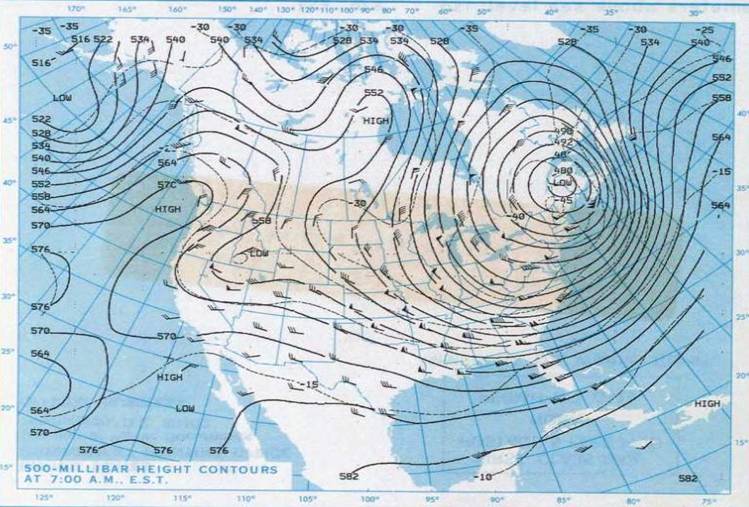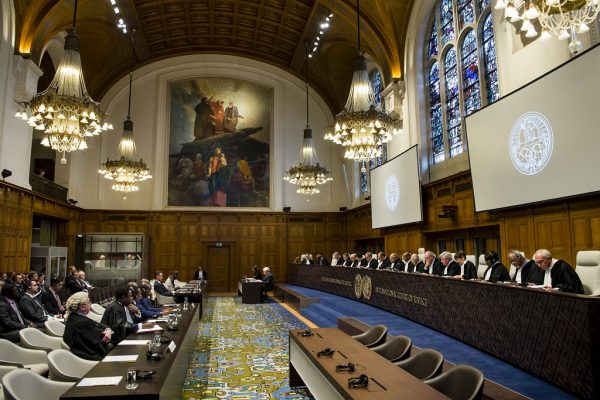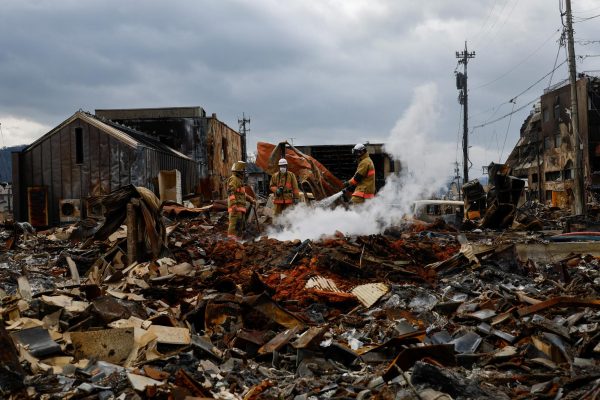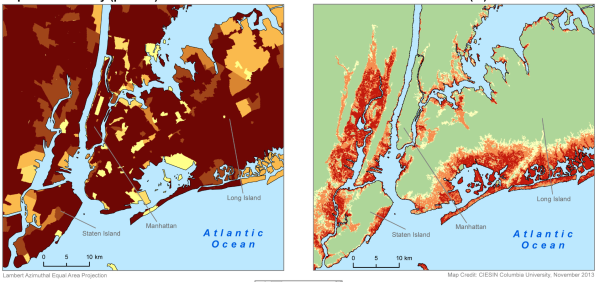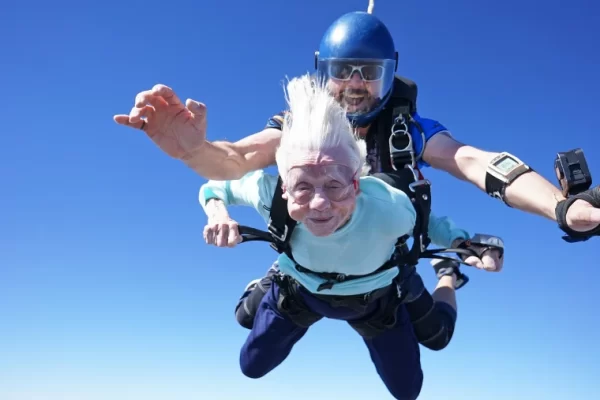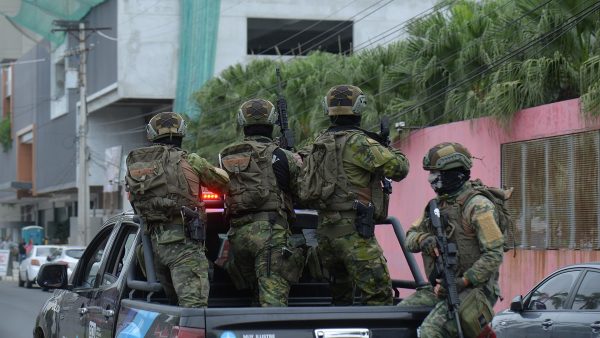The Problematic Polar Vortex
National Meteorological Center, Camp Springs, MD
Areas of low-pressure winds of the polar vortex.
Although people are caught up with problems at school and politics, trouble is also brewing in the icy winds of the stratosphere, ten to fifty kilometers above the ground. Following the freezing month of January 2014, 2019 faces yet another frigid winter with record low temperatures, and some scientists are blaming this on global warming. These brutal snowstorms and icy winds are the results of a phenomenon called a polar vortex.
Even if you haven’t experienced these effects yourself, surely you have seen something associated with it, whether on the internet or on your local news station. To prove the unbelievable frigidity of the weather they are experiencing, some people have taken it upon themselves to perform the boiling water challenge, the counterpart to the ice bucket challenge. This challenge shocked many who underestimated the cold: people throw a bucket of boiling hot water into the air, only for it to instantly freeze and turn into mist, merging with the icy winds. While the stunt is going viral, it is also delivering people to the hospital. Many people, excitedly splashing themselves or family members with the boiling water before it froze, became subjects to varying degrees of burns on their feet, hands, arms and face, CNN spokeswoman Chris Vicik says. Although a viral trend might be a fun way to spend the time, the many injuries and deaths that resulted from the polar vortex merely serve as a reminder to stay cautious.
The word “snowstorm” does not arise much in everyday conversation in the Silicon Valley, much less the phrase, “polar vortex,” so it is not unusual that people do not know the causes of the recent unusually cold weather. Afterall, since these bizarre winter phenomena normally occur in the North Pole, it isn’t surprising that people are not familiar with the causes. While seeing the effects of the polar vortex is new for many Americans, this occurrence is quite common in the Arctic regions. The polar vortex is the term used to describe the low pressure, freezing winds spiraling in the North Pole. Typically, a powerful polar vortex has fast enough winds to sustain its circular track, keeping the cold air in the northern regions. However, when the warm winds of the southern hemisphere weaken, they allow some cold air to escape the northern region. This means that the warmer it is in the polar regions, the colder it is in the typically warmer areas. Regarding global warming’s imapct, meteorologists are still undecided. While some may take this chance to question the effects of global warming, records reveal that the earth, in fact, is gradually heating up, and more specifically, the NASA Earth Observatory states the earth is 0.8 degrees Celsius warmer than the last century. Taking this into account, according to The New York Times, some scientists support the theory that the melting ice-caps can be linked to the increase in freezing polar winds.
While the true cause is not yet known, people are still suffering the consequences. Some of the less severe repercussions include temporarily shutting down schools, customer services, and transportation. The polar vortex is also responsible for the loss of livestock, freezing electricity lines, and the deaths of at least twenty people. Concerning the agricultural industry in the midwestern area of America, farmers face one of the toughest consequences of the polar vortex. With animals not suited to withstand the brutal weather, American farmers are doing everything in their power to maintain the livestock’s body temperatures, and they have to worry about the animals contracting diseases on top of that. Even without the potential illnesses, with cooling machines in poor condition from the cold, producing an adequate supply of milk is proving to be difficult for farmers according to The Washington Post. The weather change is also affecting other businesses, including beer deliveries that are troubled with frozen beers, mail services that are halted, and more than 3,000 flights being cancelled or delayed.
New records are being set for the first time in almost a century. Some US regions endured temperatures down to negative sixty degrees Fahrenheit. In fact, BBC listed states that are in especially danger zones: Illinois, Michigan, Wisconsin, Alabama, and Mississippi. Furthermore, according to Bustle, Minneapolis reached negative twenty-eight degrees Fahrenheit, Iowa is down to twenty degrees Fahrenheit, and people in Chicago braced minus twenty-three degrees Fahrenheit weather. Six states— North Dakota, South Dakota, Minnesota, Wisconsin, Iowa, and Illinois—have reached the same temperature as the South Pole.
Although the North American continent was one of many places to experience the impacts of the polar vortex, the weather is finally beginning to warm after a long winter. The polar vortex is receding to make way for the first blossoms of spring.

